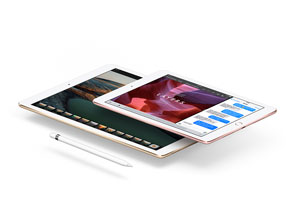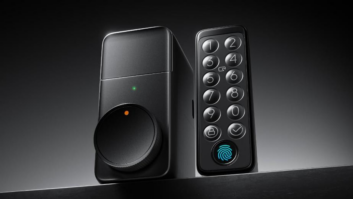
The tablet market continues to mature as global tablet shipments declined 8 percent year over year in Q2 2016 to 46.7 million units.
On the bright side for retailers, average selling prices (ASPs) went the other way, climbing 9 percent during the same period, as a result of strong sales of enterprise models such as the iPad Pro and the Surface Pro 4.
Strategy Analytics’ “Preliminary Global Tablet Shipments and Market Share: Q2 2016” report pegged Apple iOS tablet shipments at 10 million iPads in the second quarter, leaving it with a worldwide market share of 21 percent of the tablet market. The 10 million shipments represented a decline of 9 percent annually and 3 percent sequentially.
The first full quarter of iPad Pro 9.7 sales helped drive ASPs to $490 and contributed to the best quarter Apple has had in two years.

Android-branded vendors shipped 30.1 million units in Q2 2016, down 15 percent from 35.2 million a year earlier and flat sequentially. Market share has fallen to 64 percent as high growth of Windows tablet shipments squeeze Android tablets. There is a reordering underway among Android vendors in the middle tier, so even though shipments by large vendors like Samsung have fallen, smaller vendors like Huawei, Amazon, and TCL-Alcatel continue to expand their reach, Strategy Analytics said.
Windows shipments grew 43 percent year on year at 6.7 million units the quarter, from 4.6 million in the previous year’s quarter, reaching 14 percent market share. Shipments climbed 5 percent sequentially.
According to the report, Windows share continues to improve as more models are launched by traditional PC vendors and mobile-first vendors alike, Microsoft expands its Surface distribution and lineup, and white-box vendors increasingly adopt the Windows OS.
“iPad has marked 10 quarters of annual shipment declines but some light is now visible at the end of the tunnel,” said Strategy Analytics’ Peter King. “In the same way that Windows tablets gained market share with a wide range of premium to low-tier two-in-one tablets, Apple is riding consumer and enterprise demand for two-in-ones with multiple price tiers of buy-in to its vision of what a converged computing device can achieve. Meanwhile, Android has not been able to break out of its cost-conscious, entertainment-focused roots and until true multitasking is available across the installed base, this perception will remain reality. Still, low-cost traditional slate tablets devoted to entertainment do hold value for consumers, reflected in Android’s 64 percent share.”













